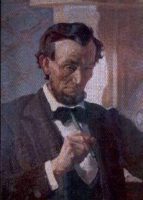 On Wednesday, May 18, 1864, President Abraham Lincoln issued an Executive Order, commanding General John A. Dix to arrest and imprison the editors, proprietors, and publishers of the New York World and New York Journal of Commerce newspapers for publishing a “false and spurious proclamation purporting to be signed by the President.”
On Wednesday, May 18, 1864, President Abraham Lincoln issued an Executive Order, commanding General John A. Dix to arrest and imprison the editors, proprietors, and publishers of the New York World and New York Journal of Commerce newspapers for publishing a “false and spurious proclamation purporting to be signed by the President.”
This was part of an incident known as the “Gold Hoax of 1864.” Or, as this video from Life on the Civil War Research Trail calls it, “Fake News.”
Grant’s Overland Campaign
In May 1864, the Union Army, led by General Ulysses S. Grant, was engaged in a series of costly battles with General Robert E. Lee and the Confederate Army of Northern Virginia, known as the Overland Campaign. The purpose of the campaign, which was Grant’s, was to capture Richmond, Virginia, the Confederate capital.
Battle of the Wilderness
For two days, May 5–6, the armies fought the Battle of the Wilderness, a devastating battle that saw Union forces suffer approximately 11,000 casualties. Unlike his predecessors, General Grant did not fall back. Instead, he pushed ahead, moved around Lee’s army, and marched toward Spotsylvania Court House, deeper into Confederate territory.
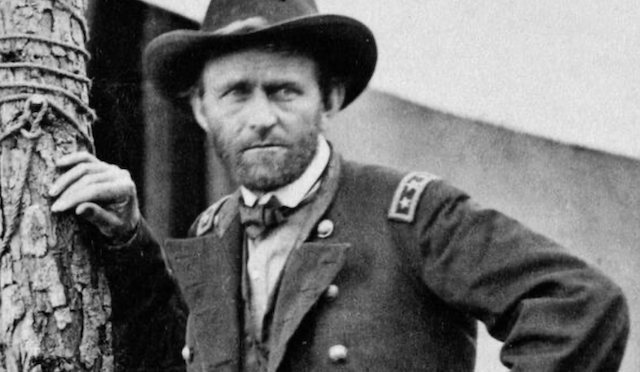
False Report on the Battle of Spotsylvania Court House
Soon after, an article appeared in a New York newspaper, Metropolitan Record, that declared General Grant had been defeated at Spotsylvania Court House:
“We cannot resist the conviction that the Army of the Potomac has met with disaster. The extravagant heading in largo type with which the daily papers abound of ‘VICTORY!’ ‘GLORIOUS SUCCESS!’ ‘TOTAL DEFEAT OF LEE!’ do not weigh with us. We have carefully lifted the immense mass of tangled and contradictory dispatches which have thus far come to hand, and we deliberately arrive at the conclusion, that until a totally difierent account shall have been placed before the public, General Grant has been defeated.”
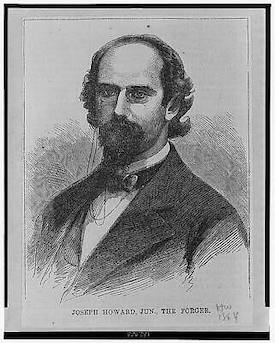
Joseph Howard Jr.
Joseph Howard Devises the Gold Hoax
Because of reports like this, Joseph Howard Jr., the editor of the Brooklyn Eagle newspaper, devised a scheme that he thought would make him a fortune.
1. He would heavily invest in gold.
2. Then he would write a letter from President Abraham Lincoln — a Presidential Proclamation — that would issue a call to raise more troops for the war effort. This would mislead the public into thinking the war effort was failing.
3. When the newspapers published the fake proclamation, investors would panic and buy gold.
4. This would drive up the price of gold, then Howard would see his investment, and make a significant profit.
Howard Carries Out the Gold Hoax
On May 17, 1864, Howard put his plan in motion. He invested heavily in gold and then, with the help of Francis A. Mallison, one of the reporters at the Brooklyn Eagle, wrote the fake Presidential Proclamation.
This fake proclamation claimed President Lincoln had called for a national day of prayer and fasting and requested an additional 400,000 volunteers to join the Union Army due to recent setbacks in the Red River Campaign and the Overland Campaign.
The next morning, May 18, the fake proclamation was distributed to seven major newspapers in the guise of an official release from the Associated Press — in time for it to be printed in the morning newspapers.
By the time the Stock Market opened, the proclamation was in circulation — but only two newspapers printed it — New York World and New York Journal of Commerce. The editors at the other newspapers were skeptical about the authenticity and refused to print it.
It was enough for Howard’s scheme to work as he planned. When the Stock Market opened, there was a run on gold and the price went up 10%. Howard sold his investment and made his profit.
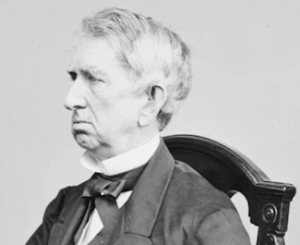
William H. Seward
The Gold Hoax Exposed
By 11:00 a.m., people started wondering why only two newspapers had printed the proclamation. A crowd gathered outside the offices of the New York Journal of Commerce, demanding an explanation. The editors showed them the document from the Associated Press and were certain it was legitimate.
Soon after, the Associated Press issued a statement, stating the document was a forgery. Around 12:30, Secretary of State William H. Seward issued a press release from the State Department in Washington D.C., declaring the proclamation as “an absolute forgery.”
Despite the revelations, no one knew who was behind the fake proclamation.
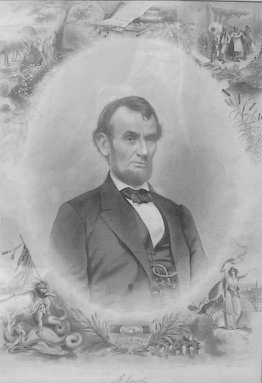 Lincoln Orders the Editors, Proprietors, and Publishers Arrested
Lincoln Orders the Editors, Proprietors, and Publishers Arrested
President Lincoln was furious over the situation. Not only because the proclamation was fake, but also because he did plan to raise more troops for the war effort. Now, he would have to wait to ask for more troops.
Lincoln responded by issuing an Executive Order, instructing General John A. Dix to take control of the two newspapers that published the fake proclamation. The Executive Order said:
“Whereas there has been wickedly and traitorously printed and published this morning in the New York World and New York Journal of Commerce, newspapers printed and published in the city of New York, a false and spurious proclamation purporting to be signed by the President and to be countersigned by the Secretary of State, which publication is of a treasonable nature, designed to give aid and comfort to the enemies of the United States and to the rebels now at war against the Government and their aiders and abettors, you are therefore hereby commanded forthwith to arrest and imprison in any fort or military prison in your command the editors, proprietors, and publishers of the aforesaid newspapers, and all such persons as, after public notice has been given of the falsehood of said publication, print and publish the same with intent to give aid and comfort to the enemy; and you will hold the persons so arrested in close custody until they can be brought to trial before a military commission for their offense. You will also take possession by military force of the printing establishments of the New York World and Journal of Commerce, and hold the same until further orders, and prohibit any further publication therefrom.”
While Union troops took control of the newspaper operations, detectives started looking into the incident. The reporter, Francis A. Mallison was questioned and confessed his part in the scheme. This led the authorities to Howard, who also confessed. Howard was imprisoned in Fort Lafayette.
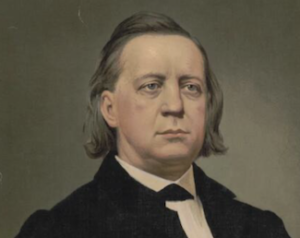
Henry Ward Beecher
Aftermath of the Gold Hoax
Lincoln received criticism for his reaction to the hoax. People were concerned that he had abused his Constitutional authority, and political allies thought it might hurt his chances of winning the Presidential Election of 1864.
Once the two newspapers were cleared of wrongdoing, they resumed operations, free of military oversight.
On July 18, President Lincoln issued Proclamation 116 and called for 500,000 volunteers for the Union Army.
Howard remained in prison until August 22. He was released after the famous preacher and Abolitionist Henry Ward Beecher appealed to President Lincoln for his release.
RELATED: What Happened to the ‘Lost’ Confederate Gold?
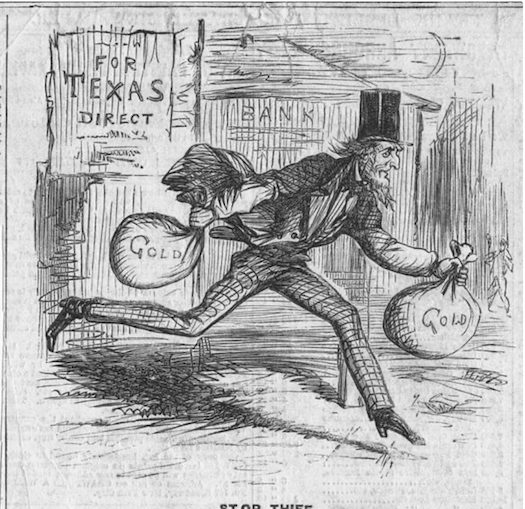
COMMENT: Well in Pennsylvania a father and son did find the gold . They were stupid enough to tell the government which verified something was their with ground penetrating radar . They told them they couldn’t be in the area but brought in backhoe and armored trucks . The next day they told them they found nothing even though they had several armored trucks going back and forth. Now, that father and son took the government to court for theft . ~ Ray B.
Written by Kanita Bajrami for American History Central ~ July 10, 2024
